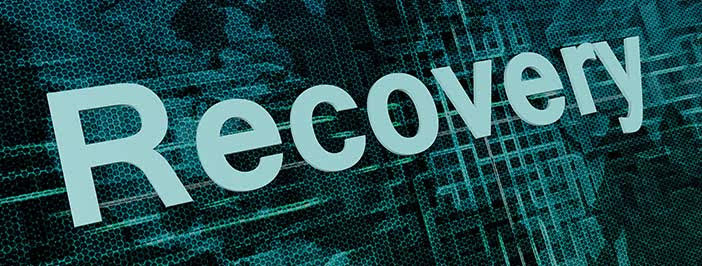Technologically speaking, your business should be prepared for just about anything. That means getting ready for both the highs (like explosive company growth) and the lows (large-scale cyberattacks). That’s why you put plans in place to handle traffic surges on your network. It’s also why you need a great disaster recovery plan.
Without a plan for disasters, you risk putting your business through a gauntlet of exorbitant recovery costs, compliance violations, lost business, and downtime. In short – that stuff hurts. Like, really badly.
The following are just a few reasons why you need to take a strong stance on disaster recovery.
1. Cyberattacks
There are plenty of new types of cyberattacks on the rise. For example, there’s cryptomining. It turns your computer into a cryptocurrency mine, decreasing system performance exposing your computer to malicious hackers. There are also fileless attacks that don’t even require you to “fall” for any kind of trick – without the right protection, you’ll get infected.
Cyberattacks are now more damaging than ever. About 77% of cyber attacks in 2017 were fileless, attacking systems by way of vulnerabilities in an application on a system. There were 918 data breaches in the first six months of 2017 alone, which put 1.9 billion files at risk.
It’s no longer enough to just react to attacks when they happen. You have to be ready with a solid recovery plan in place. If the worst occurs and your data gets infected, a disaster recovery strategy can have you bouncing back quickly.
2. Natural disasters
Natural disasters are absolutely devastating. We’re seeing destructive hurricanes in the east, terrifying tornadoes in the midwest, hundred-year floods in the south and epic fires in the west. Plus, there’s always a threat of earthquake for the Pacific states and in Midwestern states.
The point is, you need to be prepared.
No location is totally immune from natural disaster, and having the right natural disaster recovery plan in place including cloud backup and physical backup in a separate location from your office.
3. Employee error
One click of the wrong button by someone on your team could send your data directly in the hands of some bad people. A weak password like “password” could do the same. It’s just another reason why having a solid disaster recovery plan is so important.
According to one report, employee error is one of the most prevalent causes of data loss. Part of your disaster avoidance plan should include employee education, but make sure your disaster recovery plan includes backup restoration testing. You’ll want to make sure that you’re plan is viable (and functional) if the worst were to occur.
Final Thoughts
These are just a few of the reasons to have a robust disaster recovery plan in place. Anything can happen, and with data being more important than ever to different industries, you need to be able to get it back as soon as possible.
If you’re not sure where to start, we can help. You can always create a secure disaster recovery plan with the help of PCS International.



